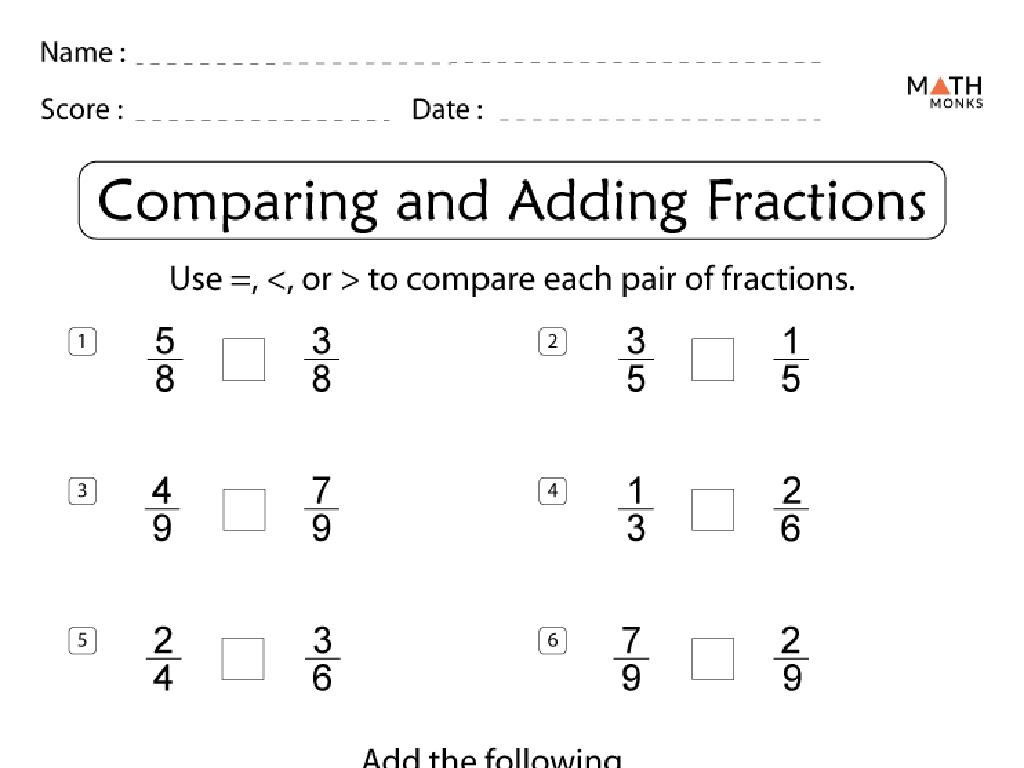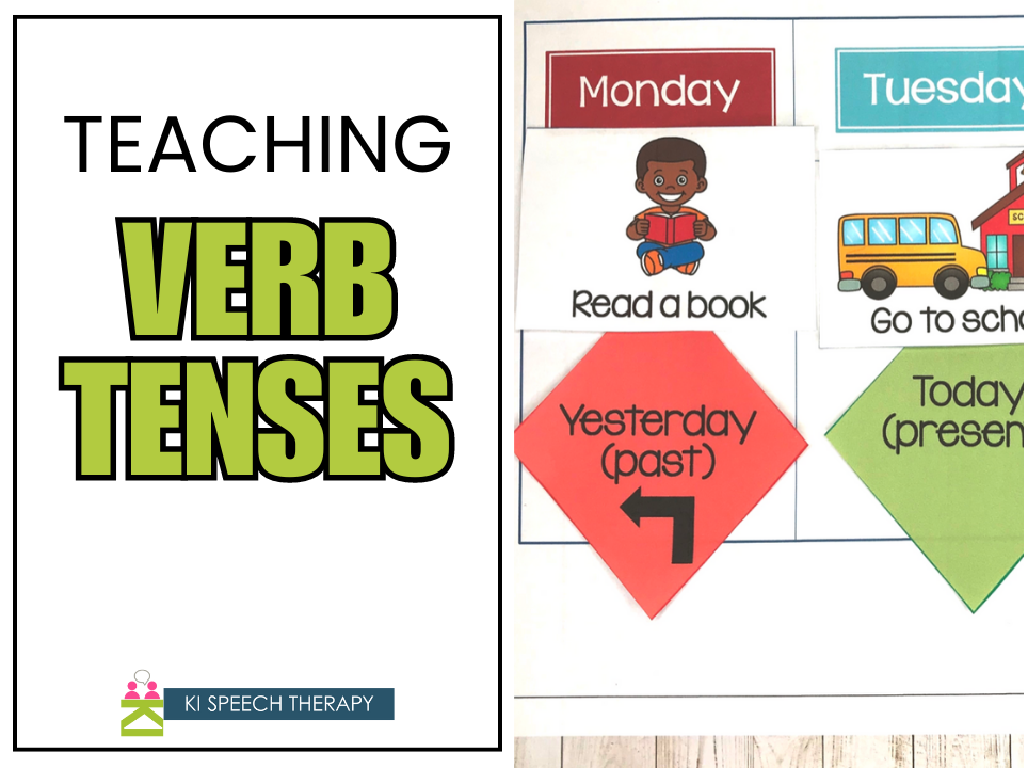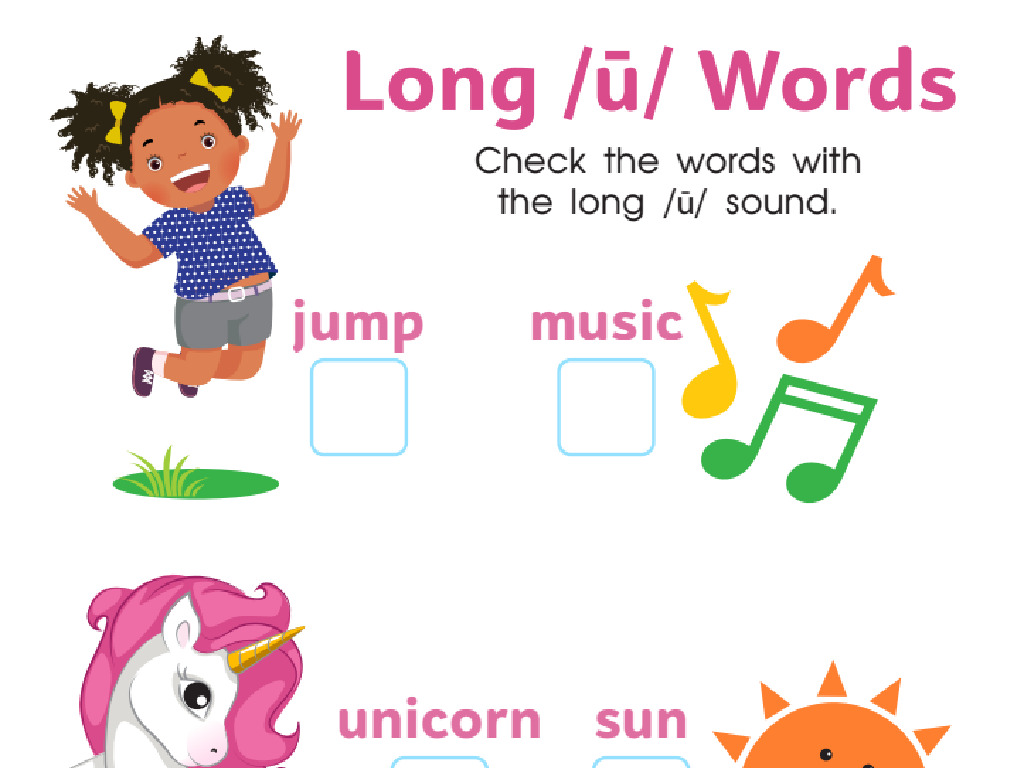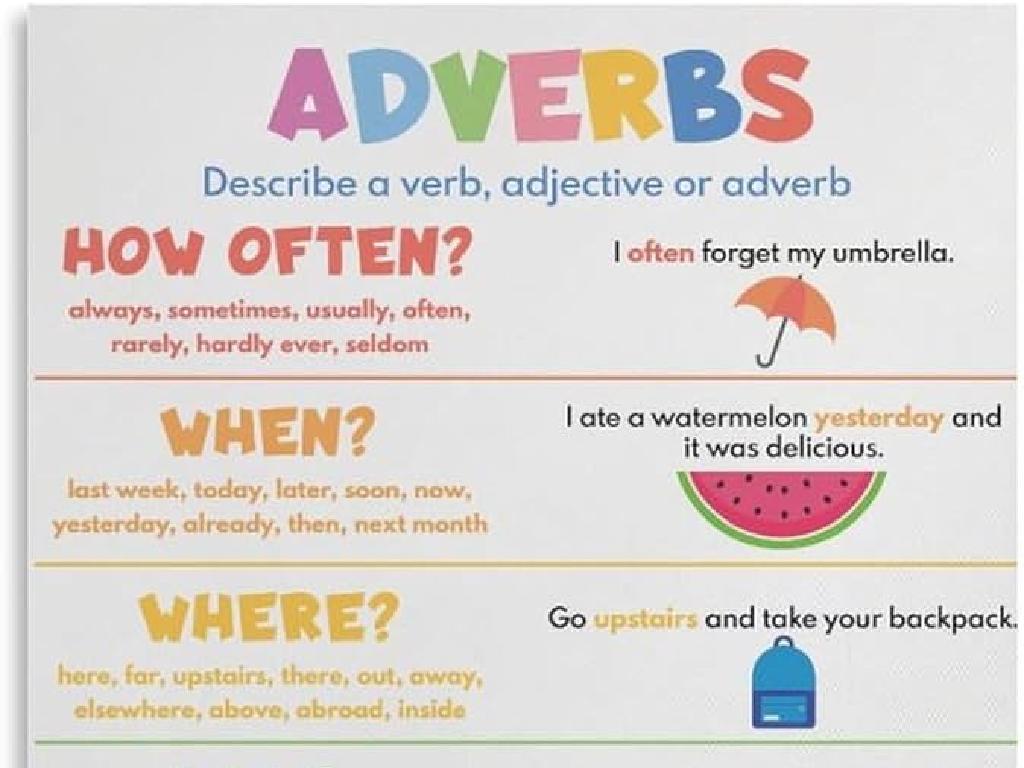Perimeter With Whole Number Side Lengths
Subject: Math
Grade: Fifth grade
Topic: Perimeter
Please LOG IN to download the presentation. Access is available to registered users only.
View More Content
Welcome to Perimeter Exploration!
– Perimeter: A shape’s boundary length
– It’s the total length around a 2D shape, like the fence around a yard.
– Importance of learning Perimeter
– Knowing Perimeter helps in planning spaces and materials needed.
– Perimeter in everyday life
– Used in building fences, framing pictures, or laying out tracks.
– Calculating Perimeter practice
|
This slide introduces the concept of Perimeter as a fundamental measurement in geometry, specifically for two-dimensional shapes. It’s crucial to emphasize that understanding Perimeter is not just a mathematical skill but a practical one that students can apply in various aspects of everyday life. For instance, calculating the Perimeter can help determine the amount of fencing needed for a backyard or the border length for a garden. Engage the students by discussing how they might use Perimeter in their own lives, such as figuring out the amount of molding required to frame a picture or the distance around their school playground. Conclude with an activity where students will practice calculating the Perimeter of different shapes with whole number side lengths to reinforce the concept.
Exploring Perimeter
– Perimeter: total distance around a shape
– Calculating perimeter with whole numbers
– Add the length of all sides together
– Example: Perimeter of a rectangle
– Add length and width, then multiply by 2
– Practice: Find perimeters of various shapes
– Use shapes like squares, rectangles, and triangles
|
This slide introduces the concept of perimeter as the total distance around a 2D shape, which is a foundational geometry skill. Emphasize that perimeter is measured by adding the lengths of all sides of the shape. For whole numbers, this is a straightforward addition problem. Use a rectangle as an example to show that you can add the length and width and then multiply by 2 to find the total perimeter. Encourage students to practice with different shapes to reinforce the concept. Provide several examples with whole number side lengths for students to work on, and discuss the solutions as a class.
Calculating Perimeter of a Square
– Perimeter formula for a square
– P = 4 x side, where P is the perimeter
– Practice calculating perimeter
– Find the perimeter of a square with a side length of 5 units
|
This slide introduces the concept of calculating the perimeter of a square. The formula for the perimeter of a square is P = 4 x side, where ‘P’ stands for perimeter and ‘side’ is the length of one side of the square. For the practice example, students will apply this formula to a square with a side length of 5 units. To find the perimeter, they will multiply 4 by 5, resulting in a perimeter of 20 units. Encourage students to measure sides of various squares they can find in the classroom or at home to reinforce the concept. This exercise will help solidify their understanding of how to calculate the perimeter of a square using its side length.
Exploring Perimeters of Shapes
– Perimeter of a rectangle
– To find it, add up twice the length and twice the width: P = 2l + 2w
– Perimeter of a triangle
– Add all three sides together: P = a + b + c
– Perimeters of irregular shapes
– Break it down into regular shapes, then sum their perimeters
– Practice with examples
|
This slide introduces students to the concept of perimeter for different shapes, starting with rectangles and triangles. For rectangles, emphasize the formula P = 2l + 2w, where ‘l’ stands for length and ‘w’ for width. For triangles, the perimeter is the sum of all sides, P = a + b + c. When dealing with irregular shapes, guide students to divide the shape into familiar shapes, calculate each perimeter, and then add them together. Provide examples of each shape and work through them as a class. Encourage students to draw shapes and label the sides to visualize the process. This will prepare them for a class activity where they will measure and calculate the perimeter of various objects in the classroom.
Let’s Practice Perimeter Together!
– Calculate rectangle perimeter
– Add up all sides of a rectangle. Example: For a 4×6 rectangle, Perimeter = 4+4+6+6
– Calculate triangle perimeter
– Add all sides of a triangle. Example: For a 3x4x5 triangle, Perimeter = 3+4+5
– Interactive Q&A session
– Clarify doubts about calculating perimeter with examples
|
This slide is an interactive activity to practice calculating the perimeter of rectangles and triangles. Start with a rectangle, and guide the students to add the lengths of all four sides, emphasizing that opposite sides are equal in length. Then, move on to a triangle, and help them understand that they need to add the lengths of all three sides. Encourage the students to participate by asking questions and solving the examples together. Provide immediate feedback and clarification. For the Q&A session, be prepared with additional examples and encourage students to come up with their own shapes to calculate the perimeter. This will help solidify their understanding of the concept of perimeter.
Group Activity: Perimeter Hunt
– Find classroom objects to measure
– Work in groups for Perimeter calculation
– Use a ruler to measure sides in inches or centimeters
– Share findings with the class
– Discuss how you added all the side lengths together
|
This activity is designed to provide hands-on experience with the concept of perimeter. Divide the class into small groups and provide rulers or measuring tapes. Each group should select various objects in the classroom, such as books, desks, or windows, and measure the sides to calculate the perimeter. Encourage them to record their measurements and calculations. Afterward, have each group present their findings, explaining how they measured and calculated the perimeters. This will reinforce their understanding of perimeter as the sum of all side lengths and provide practice in measuring and working collaboratively. Possible variations for different groups could include measuring irregular shapes, using different units of measurement, or finding objects of a specific perimeter range.
Homework Challenge: Exploring Perimeters
– Complete the perimeter worksheet
– Measure sides of shapes and add them up
– Tackle the challenging problem
– Apply your knowledge to solve a tricky question
– Create and calculate your shape’s perimeter
– Use your imagination to design a unique shape
– Show your work and solutions
|
This homework assignment is designed to reinforce the concept of perimeter using practical application. Students are provided with a worksheet that includes a variety of shapes with whole number side lengths. They are tasked with calculating the perimeter of each shape by adding up the lengths of all sides. Additionally, there is one problem on the worksheet that is particularly challenging to test their understanding. To encourage creativity and deeper comprehension, students are also asked to design their own shape, draw it with labeled side lengths, and calculate its perimeter. This exercise allows them to apply the concept of perimeter in a fun and engaging way. For the next class, be prepared to discuss the challenging problem and review the creative shapes designed by the students. Provide guidance on how to approach the challenging problem and encourage students to explain their thought process when designing their own shapes.
Wrapping Up: Perimeter Essentials
– Recap: What is Perimeter?
– Perimeter is the total distance around a shape
– Accuracy is key in measurement
– Exact lengths ensure correct perimeter
– Open floor for questions
– Clarify any doubts
|
As we conclude today’s lesson on perimeter, it’s crucial to revisit the definition of perimeter, emphasizing that it is the sum of all sides of a shape. Stress the importance of measuring side lengths accurately, as even small errors can lead to incorrect calculations. Encourage students to ask questions about any part of the lesson they may not understand. Be prepared to clarify doubts, possibly with additional examples or by revisiting complex concepts. This recap solidifies the day’s learning and ensures students leave the class with a clear understanding of how to calculate the perimeter of various shapes.






